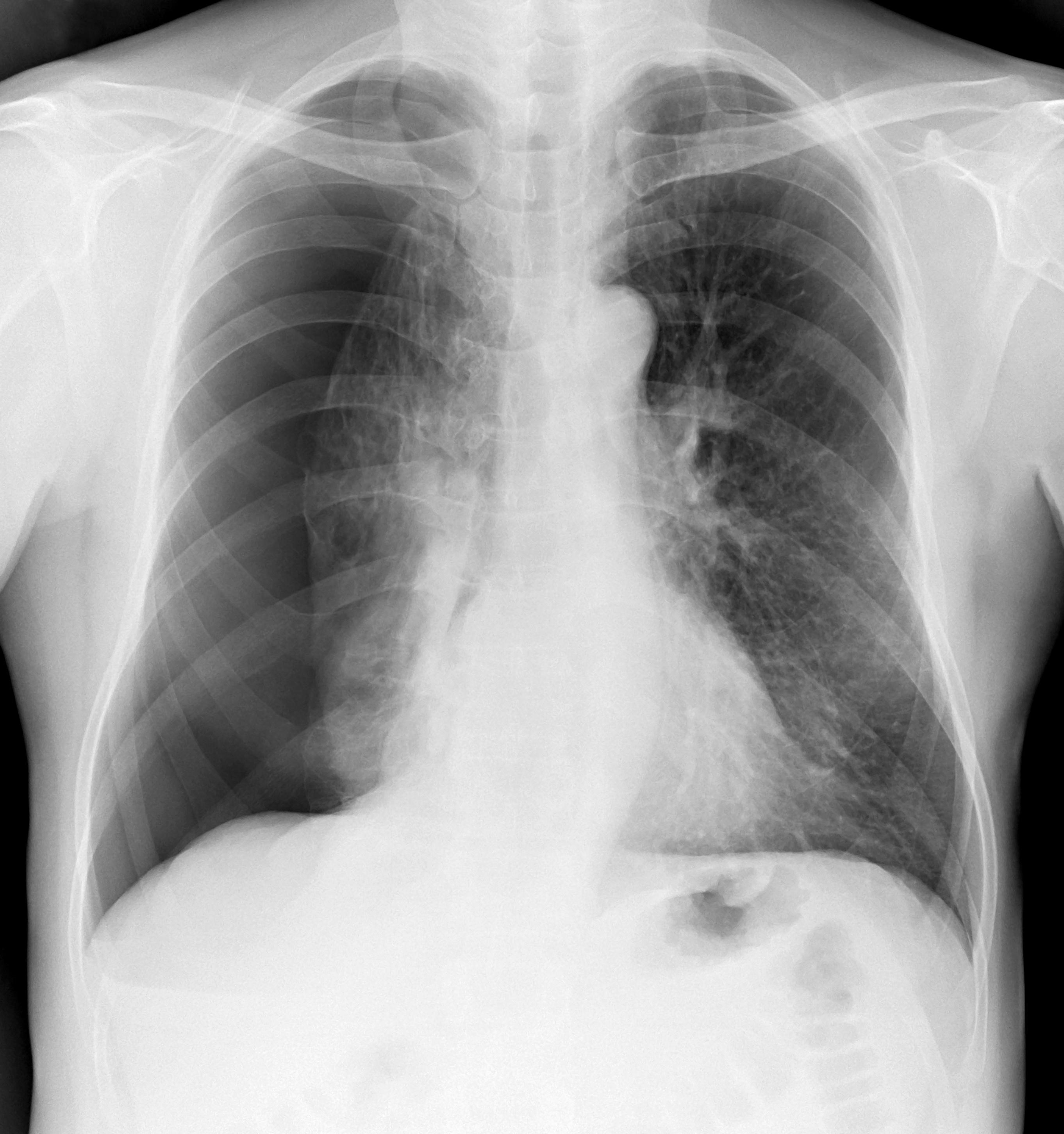What Hurts About Pulling Adult Teeth? Pain Relief Tips

As we age, our dental needs change, and in some cases, this may involve pulling adult teeth. The removal of adult teeth, also known as tooth extraction, can be a necessary procedure for various reasons, including severe tooth decay, gum disease, or tooth damage. While the thought of pulling adult teeth can be daunting, understanding the process and what to expect can help alleviate concerns. In this article, we will delve into the details of tooth extraction, the potential pain involved, and provide valuable pain relief tips to make the experience more manageable.
Why Are Adult Teeth Pulled?

There are several reasons why adult teeth may need to be pulled. Tooth decay that has reached the pulp of the tooth can cause significant pain and may require extraction if it cannot be treated with a filling or crown. Gum disease, also known as periodontal disease, can cause the gums to pull away from the teeth, leading to loose teeth that may need to be removed. Additionally, tooth damage from trauma or grinding can weaken the tooth structure, making it necessary to extract the tooth. Other reasons for tooth extraction include overcrowding, impaction, or preparation for orthodontic treatment.
The Tooth Extraction Process
The process of pulling adult teeth typically begins with a consultation with a dentist or oral surgeon to determine the best course of action. The dentist will examine the tooth and surrounding tissue to assess the extent of the damage or disease. If extraction is deemed necessary, the dentist will explain the procedure and provide instructions on how to prepare. On the day of the extraction, the dentist will administer a local anesthetic to numb the area, and in some cases, sedation may be used to help the patient relax. The tooth is then carefully rocked back and forth to loosen it from the surrounding tissue before being removed.
| Type of Anesthesia | Description |
|---|---|
| Local Anesthesia | Numbs the specific area where the tooth is being extracted |
| Sedation | Helps the patient relax and feel more comfortable during the procedure |
| General Anesthesia | Rarely used, but may be necessary for complex cases or patients with anxiety |

Pain Relief Tips After Tooth Extraction

While the extraction process itself is typically painless due to the use of anesthesia, some discomfort can be expected after the procedure. To manage pain and promote healing, consider the following tips:
- Take pain medication as directed: Follow the dentist's instructions for taking pain medication, and be sure to take it as needed to stay ahead of the pain.
- Apply ice: Ice can help reduce swelling and ease pain. Apply an ice pack to the affected area for 15-20 minutes at a time, with a 30-minute break in between.
- Rest and avoid strenuous activities: Give your body time to heal by avoiding strenuous activities, such as exercise or heavy lifting, for at least 24 hours after the extraction.
- Stick to a soft food diet: Avoid chewing on the extraction site and stick to a soft food diet, such as yogurt, soup, or scrambled eggs, for a few days after the procedure.
- Keep the extraction site clean: Rinse the extraction site with warm salt water to keep it clean and promote healing.
Managing Discomfort and Pain
In addition to following the dentist’s instructions and using pain relief tips, there are several ways to manage discomfort and pain after tooth extraction. Over-the-counter pain medication, such as ibuprofen or acetaminophen, can be effective in managing pain. Cold compresses can also help reduce swelling and ease pain. It’s essential to monitor your pain levels and adjust your pain management plan as needed. If you experience severe pain, excessive bleeding, or swelling, contact your dentist immediately.
How long does it take to recover from a tooth extraction?
+Recovery time can vary depending on the complexity of the extraction and the individual’s overall health. Generally, it can take a few days to a week to recover from a tooth extraction.
What are the potential risks and complications of tooth extraction?
+Potential risks and complications of tooth extraction include dry socket, infection, bleeding, and nerve damage. It’s essential to follow the dentist’s instructions carefully to minimize the risk of complications.
Can I drive myself home after a tooth extraction?
+No, it’s not recommended to drive yourself home after a tooth extraction, especially if you’ve been sedated. Arrange for a friend or family member to drive you home and stay with you for a few hours after the procedure.



